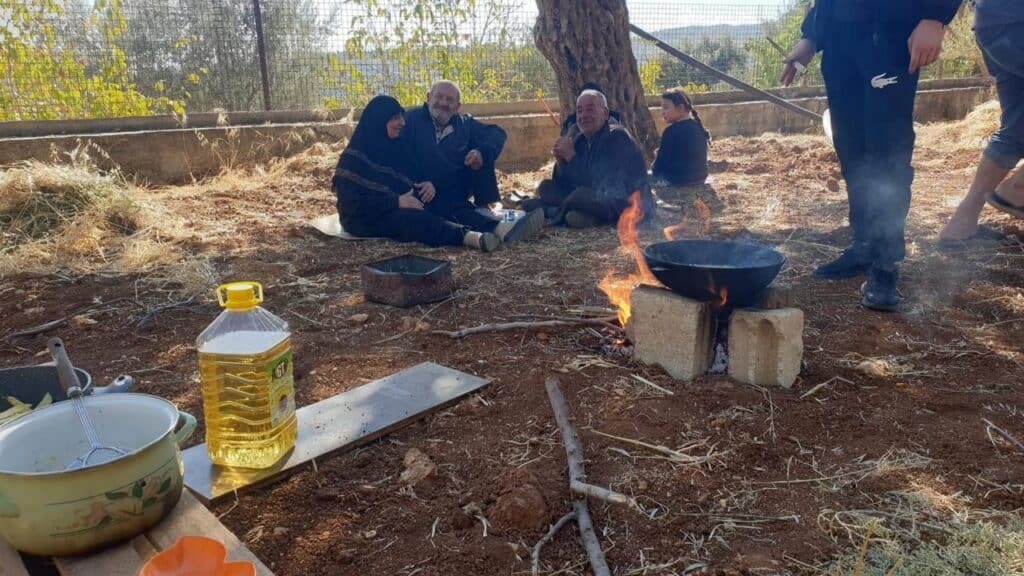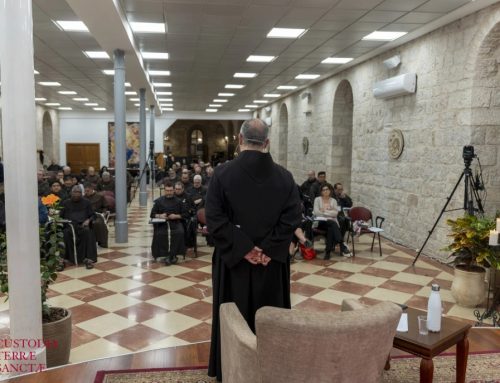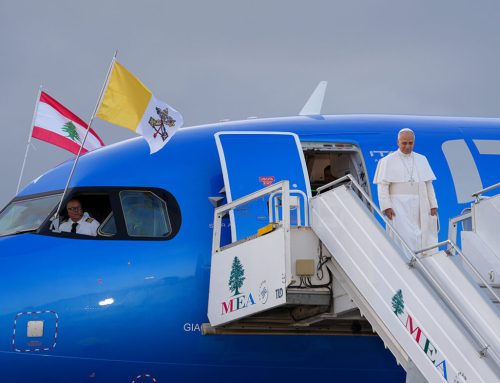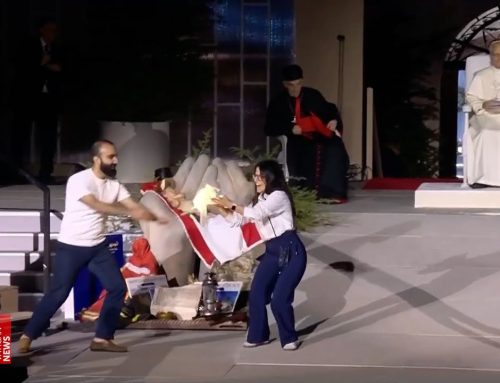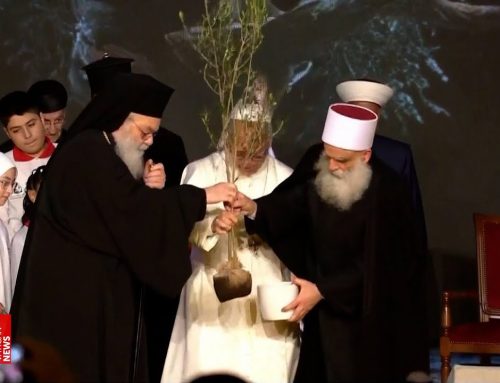The Archdiocese of Baalbek-Deir El-Ahmar in the Beqaa Valley, in eastern Lebanon, is suffering a major humanitarian and security crisis as a result of the daily Israeli bombardment. In an interview with ACN, Monsignor Hanna Rahmé describes the Church’s solidarity with internally displaced people and the disastrous situation that has led many to take refuge in Syria.
“Each of the Christian families in the villages around Deir El-Ahmar has welcomed three or four displaced families — that is, between 30 and 60 people!” explains Monsignor Hanna Rahmé, the Maronite Archbishop of Baalbek-Deir El-Ahmar in Beqaa, eastern Lebanon, to Aid to the Church in Need (ACN). The Israeli bombardments are targeting strategic zones in the south of his archdiocese, notably the region around Baalbek, which is thought to contain Hezbollah bases. But at the same time, the strikes are hitting villages where Christians and Muslims co-exist.
Monsignor Rahmé, whose archdiocese covers about 27 percent of the country’s surface area and lies in a region with about 450,000 Shia Muslims, says that even in the area around the town of Deir El-Ahmar, the bombardments are occurring daily, targeting Hezbollah’s economic and military centers, which are between three and twelve miles from the town.

“We are choked by the number of internally displaced people, but we can’t leave them to their fate; we are not Christians just for ourselves, but for everyone,” declares Monsignor Rahmé. “I spoke on local television, and I said to the people in the zones under bombardment – Christians and Muslims alike – that our homes were open to them. Because Christ said: ‘I was hungry, and you gave me something to eat; I was thirsty, and you gave me something to drink; I was a stranger, and you took me in.’” The Muslims are enormously touched by this Christian solidarity, he adds.
According to Monsignor Rahmé, about 13,000 people have fled into areas of the archdiocese where the population is predominantly Catholic. In Deir El-Ahmar, where the episcopal seat is located, and in the surrounding villages, some 2,300 people have been taken in by educational establishments, while 5,000 others have been put up in private homes, and 1,500 in ecclesiastical institutions, like churches and convents.
But the archbishop says that many internally displaced people have to sleep on the streets of Deir El-Ahmar. A much larger number has left for either northern Lebanon or Syria. According to figures from the International Organization of Migration (IOM), between September 21st and October 3rd, about 235,000 people reached Syria, including 82,000 Lebanese and 152,000 Syrians.
Monsignor Rahmé’s most pressing concern at the moment is getting aid to the internally displaced people and their host families. The latter, already impoverished by the economic crisis, are at the end of their rope. “The NGOs on the scene are helping the displaced people in schools, but not those welcomed by families or the families themselves. Nobody is helping them,” laments the archbishop. “This is why the archdiocese is taking care of them. However, the situation is very critical. We urgently need food aid, mattresses, and blankets, and we are very grateful that ACN immediately offered vital aid. Please stay at our side. If we carry this together, we will be able to do great things. May the Lord bless you.”
By churchinneed.org

